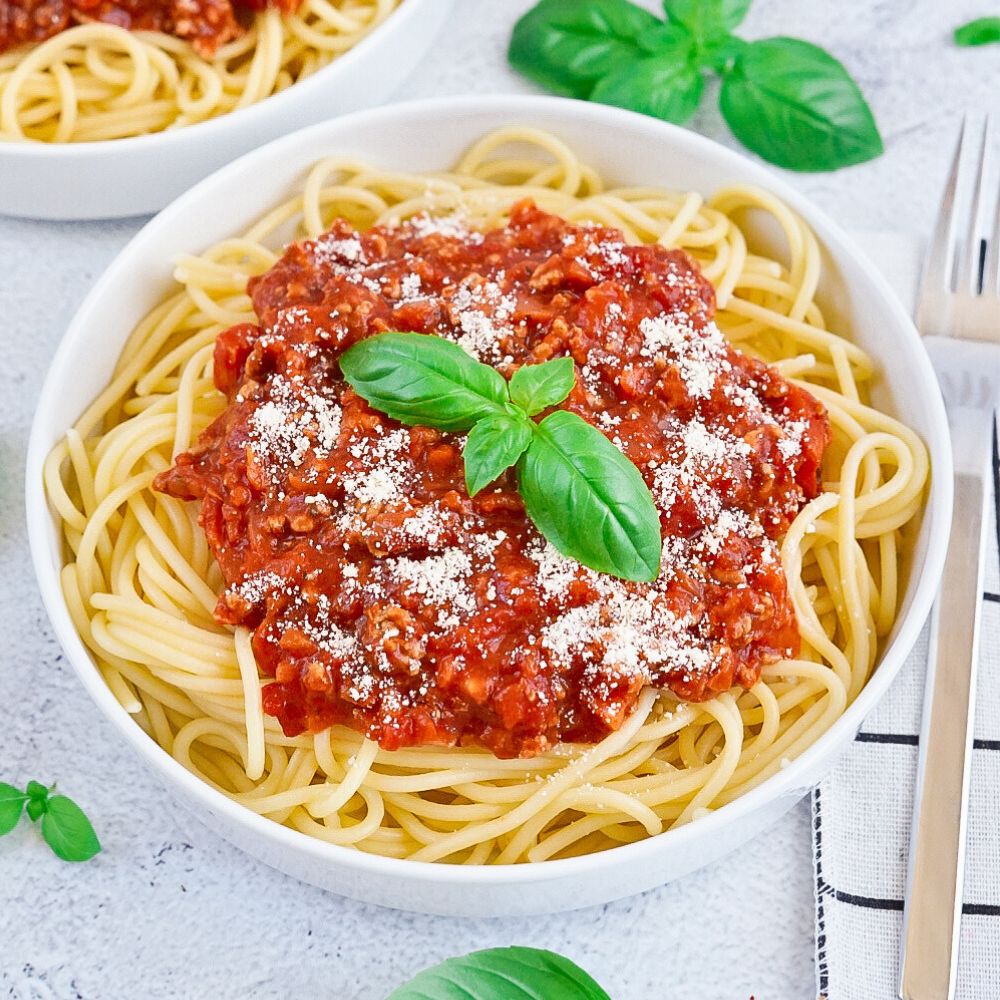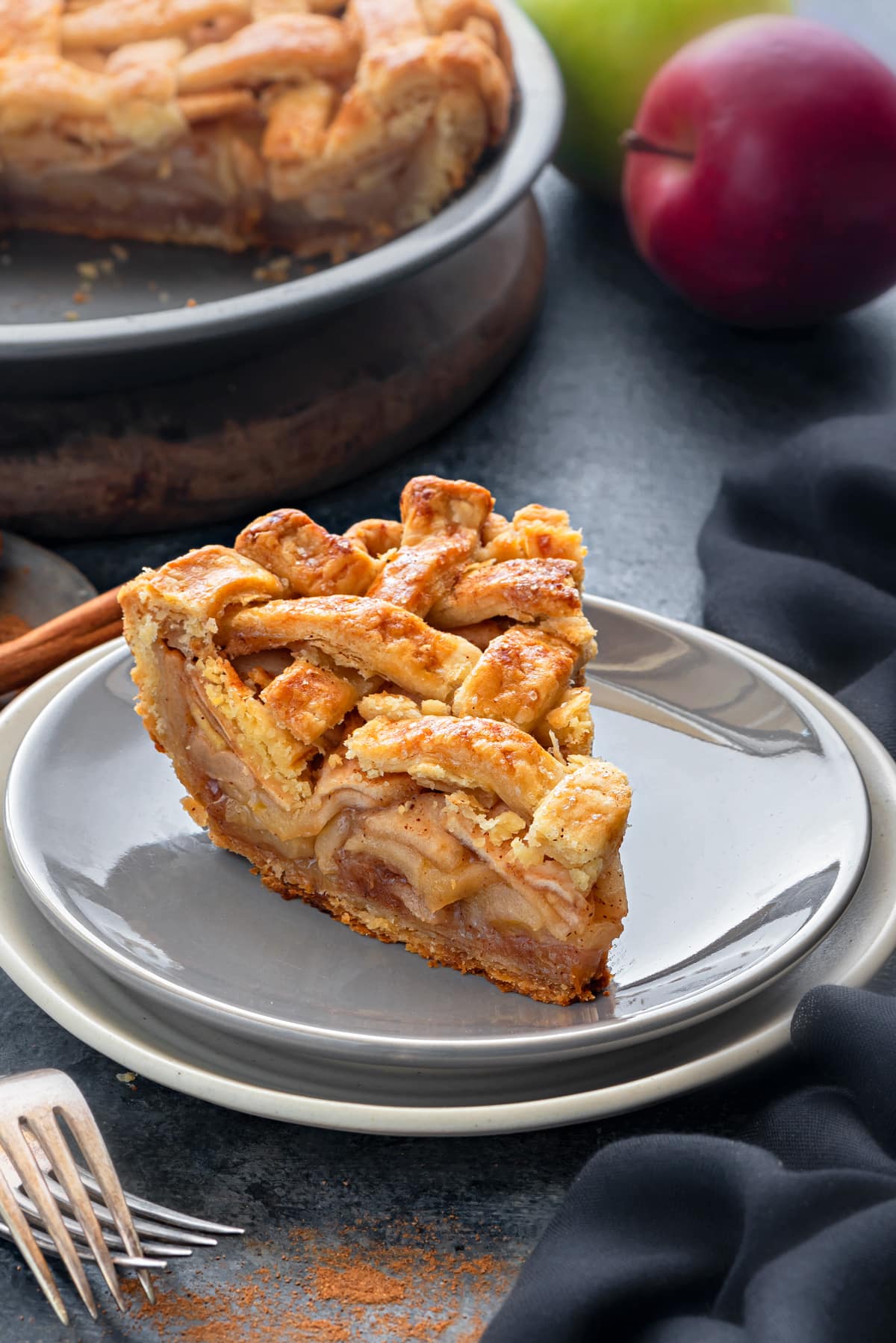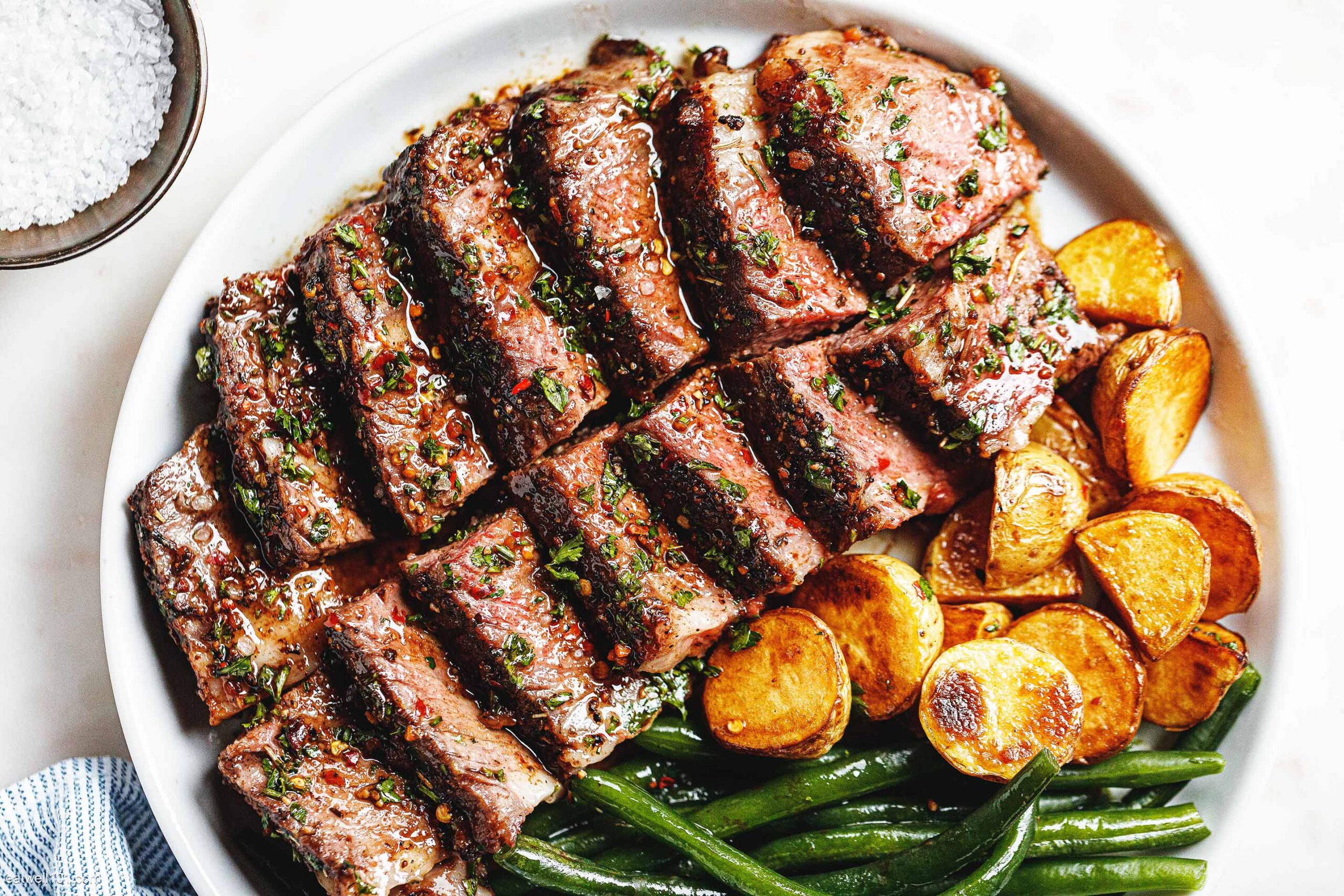
Of all the dishes in the vast culinary tapestry of Italy, few have achieved the global fame—and courted as much controversy—as Spaghetti Bolognese. It is a name that conjures immediate images of comfort: a steaming bowl of pasta, generously cloaked in a rich, meaty, tomato-red sauce, perhaps dusted with a flurry of Parmesan cheese. It is the quintessential "Italian" meal for millions around the world, a staple of family dinners, cozy restaurants, and student kitchens alike.
Yet, to journey to its spiritual home of Bologna, the learned, food-loving capital of the Emilia-Romagna region, is to discover a fascinating truth: the dish known globally as Spaghetti Bolognese doesn’t really exist there. This revelation isn’t meant to spoil the party, but rather to open the door to a deeper, more authentic, and infinitely more rewarding culinary story. This is the tale of Ragù alla Bolognese, a sauce so profound and complex that it represents the very soul of its region, and its rightful partnership not with spaghetti, but with the silken, golden ribbons of tagliatelle.
The Great Misnomer: Why Not Spaghetti?
The first and most crucial point of order is the pasta itself. In Italy, the pairing of pasta and sauce is a science, an art form guided by texture, shape, and tradition. The thin, smooth, cylindrical strands of spaghetti are simply not equipped to handle a heavy, complex meat sauce like a true Bolognese. The sauce slides off, leaving a sad puddle at the bottom of the bowl and naked pasta on the fork.
Enter tagliatelle. These long, flat, porous egg pasta ribbons, traditionally said to be the width of the little finger of a master pasta maker, are the perfect vehicle. Their broad, slightly rough surface acts like a magnificent net, capturing every morsel of meat and velvety sauce, ensuring a perfectly integrated bite every single time. To eat Tagliatelle al Ragù in Bologna is to understand this synergy instantly. It is a marriage of equals, a textural harmony that elevates the dish from a simple meal to a sublime experience. The global adoption of spaghetti was likely a matter of convenience; as Italian immigrants spread across the world, dried spaghetti was far more common and shelf-stable than fresh egg tagliatelle, and an adaptation was born.
The Heart of the Matter: The Anatomy of a True Ragù
So, if the international version is a simplified echo, what constitutes an authentic Ragù alla Bolognese? The answer lies in patience, quality ingredients, and a philosophy that prioritizes the deep, savory flavor of meat over the bright acidity of tomato. In 1982, the Italian Academy of Cuisine, seeking to protect the dish’s heritage from global bastardization, officially registered a recipe with the Bologna Chamber of Commerce. While every nonna in the region has her own subtle variation, the official version provides a definitive blueprint.
The foundation is the soffritto—a finely diced mixture of onion, celery, and carrot. This isn’t just a flavor base; it’s the aromatic soul of the sauce. It must be cooked slowly, "sweated" in butter and olive oil until it becomes soft, sweet, and translucent, a process that can take a good 20 minutes and cannot be rushed.
Next comes the meat. A true Bolognese is not just ground beef. The classic combination involves beef (often from a tougher, flavorful cut like chuck or skirt, known as cartella) and fatty pork, usually in the form of pancetta. The pancetta is rendered first, its fat providing a savory, pork-infused medium for the soffritto. The beef is then added and browned meticulously, creating the Maillard reaction that builds layers of deep, roasted flavor.
Here is where the path diverges sharply from the familiar jarred sauce. The primary liquids are not tomato-based. First, a splash of dry white wine is added to deglaze the pan, lifting all the flavourful browned bits from the bottom. Then comes the most surprising, and arguably most critical, ingredient: milk. A generous amount of whole milk is stirred in and allowed to simmer and evaporate. This may seem counterintuitive, but it serves a vital purpose. The lactic acid in the milk tenderizes the meat, creating an incredibly soft texture, while its fats add a creamy richness that balances the entire sauce.
Only after the milk has been absorbed does a modest amount of tomato—usually in the form of passata (tomato purée) or a touch of concentrated paste—enter the picture. The tomato is a supporting actor, not the star. Its role is to provide a hint of sweetness, a touch of umami, and a gentle background color, not to dominate with acidic tang. The final liquid is a high-quality beef or chicken broth, added to keep the sauce moist.
The Unseen Ingredient: Time
With all the components in the pot, the final and most essential ingredient is added: time. A true Ragù alla Bolognese is not a 30-minute meal. It must be simmered, covered, over the lowest possible heat for a minimum of three hours, and often longer. During this slow, meditative process, an alchemical transformation occurs. The tough meat fibers break down into succulent tenderness. The flavors of the soffritto, the meats, the wine, and the milk meld into a harmonious, complex, and deeply savory whole. The sauce thickens not from starch, but from the slow reduction of liquids and the rendering of collagen, resulting in a velvety, almost creamy consistency. The color deepens from a bright red to a rich, burnished mahogany. This long, gentle cooking is the secret. It’s a meditation in a pot, a practice of patience that rewards the cook with a sauce of unparalleled depth.
Avoiding the Common Pitfalls
Understanding the authentic method also illuminates the common mistakes made in international versions. The most frequent errors include:
- Rushing the Soffritto: Frying it quickly on high heat makes it bitter, not sweet.
- Overloading on Tomato: Using cans of diced tomatoes creates a watery, acidic sauce that is more of a marinara with meat than a ragù.
- Using Lean Meat Only: The fat from pork is essential for flavor and texture.
- Adding Garlic and Herbs: While delicious in other sauces, garlic, oregano, and basil are not traditional in a classic Bolognese. The flavor profile is meant to be meaty and savory, not herbaceous.
- Skipping the Milk: This crucial step is the key to the sauce’s signature tenderness and balanced flavor.
- Not Simmering Long Enough: A quick simmer results in a thin, one-dimensional sauce. The magic is in the hours, not the minutes.
A Dish of Two Identities
Does this mean that every bowl of Spaghetti Bolognese enjoyed outside of Italy is "wrong"? Not at all. Food evolves, and the international version has become a beloved comfort food in its own right. It is a gateway dish, an introduction to Italian flavors that has brought joy to countless dinner tables.
However, to understand and create a true Ragù alla Bolognese is to connect with a deeper culinary tradition. It is to appreciate the Italian philosophy of using simple, high-quality ingredients with respect and patience. It’s an act of love, a slow-cooked hug in a bowl. So the next time you crave that comforting classic, consider taking a journey. Seek out fresh tagliatelle, allow yourself the luxury of a slow afternoon simmer, and discover the profound, soul-satisfying difference. You will not just be making a sauce; you will be partaking in a rich, delicious piece of Italian history.

Spaghetti Bolognese pictures collections gallery
Spaghetti Bolognese is a nice pictures and stock photo for your computer desktop or your smartphone device (ipad, tablet, blackberry, iphone, and other device) and also for your personal use. Free available for desktop wallpaper or additional image collections for your all needs. And was uploaded by at date July 1, 2025. You can download it in your computer by clicking download button to save image... have nice day and have fun guys..
This 1 image in featured post from 0 Photos/images Gallery and awesome picture selections about Spaghetti Bolognese is available to download. "Download & Save" images/pictures/wallpapers now and this Is one of the post that listed in packed to Category is Foods directory, with image dimension/resolution size is 1000 × 1000 px and size image/picture file is 210 KB with original link post ID is : https://powae.pw/spaghetti-bolognese/. Get download/save images in post and gallery, "download" images or "preview" it on a bigger image for spesification sample in Large size (full attachment size) here : [Download & View to Large size]. Just Simple way, in thumbnail or in Gallery. *Click images to view Large Size.We collect this wonderful image from online and choose one of the best for you. Pictures collection that posted here was carefully chosen and published by author after choosing the ones which are best among the others. So, ultimately we make it and here these list of best image for your inspiration and informational reason regarding the Spaghetti Bolognese as part of blogsite exclusive updates collection. So, take your time and find the best informations and pictures posted here that suitable with your needs and use it for your own collection and personal use. About Image information: Image has been submitted and You are able to give your opinion as evaluations to our web site value.
Don't forget to comment if you interest with this images, you can share this post to social media like as facebook, twitter, google+, pinterest, stumbleupon, and more. just click social media buttons for share this post Spaghetti Bolognese Now. :)
Thanks for your visit, I hope you happy come to opo wae, wis opo wae, and get what you're looking for. And hope sometimes you will come back again here. All you need to do is help us develop by discussing this Spaghetti Bolognese if you like it "leave your comment". have fun, Thank you.




